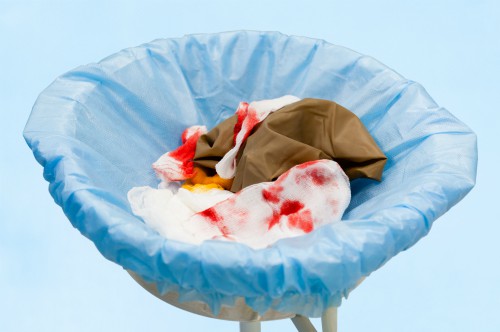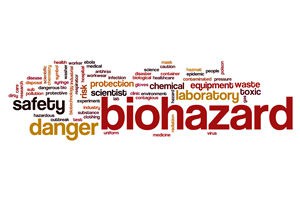Biomedical Waste Management: How Do Today’s Hospitals Dispose of Waste?
Biomedical Waste Management: How Do Today’s Hospitals Dispose of Waste?
 For modern hospitals and laboratories, it’s important to understand the proper methods of disposing of biomedical waste. As a result, each facility should have procedures in place to ensure disposal of these items is handled properly and efficiently. If you are working to determine what options of biomedical waste management are right for your facility, then learning about some of the most effective methods can be beneficial.
For modern hospitals and laboratories, it’s important to understand the proper methods of disposing of biomedical waste. As a result, each facility should have procedures in place to ensure disposal of these items is handled properly and efficiently. If you are working to determine what options of biomedical waste management are right for your facility, then learning about some of the most effective methods can be beneficial.
Biomedical Waste Autoclaving
Thermal treatment is a viable disposal method for certain types of infectious waste as well as sharps. Autoclaves are, essentially, large pressure cookers that use high temperatures and steam to penetrate the materials inside and kill any bacteria or other
microorganisms present. Consider the amount of waste you need to sterilize so
you can purchase the proper size autoclave for your hospital. You can typically
find these devices in sizes that range from 100 liters to 4,000+ liters. The larger sizes are ideal if you will have bulk waste.
Modern autoclaves are considered a smart biomedical waste management option because they limit human involvement. This, in turn, reduces the potential for needle-stick injuries or contamination. Once you have autoclaved your medical waste, you can turn it over to your waste removal vendor and it can be disposed of as non-infectious waste.
Chemical Treatment for Hospital Waste
Chemical treatment is often used for deactivating liquid waste. This method will decontaminate or deactivate certain types of waste. You can also use this hospital waste management practice for some non-liquid infectious wastes, but in most cases, the items would have to be shredded first to make sure all the parts of the waste come in contact with the chemicals.
Microwave Treatment
Similar to autoclaves, microwave treatment systems use heat to decontaminate medical waste. This method works for waste that isn’t completely solid or dry because the moisture allows the heat to move deeper and the steam sterilizes everything. As a
result, prior to microwaving, the majority of medical wastes will need to be shredded and then mixed with water to achieve the desired results. A bonus of this biohazard disposal method is the shredding will reduce the waste’s volume, allowing it to be sent to the landfill later.
Disposal by Incineration
In some cases, this method is required by the state and necessary for any pharmaceutical and pathological waste. In most cases, you won’t use this method of biomedical waste disposal on-site. Instead, you will send it to a controlled facility where complete combustion can be ensured and affects to the environment can be minimized. One of the best things about using this disposal method is that it will eliminate 99 percent of all microorganisms while leaving minimal amounts of waste if any at all.
Understanding the bio waste disposal methods is a great way to know what option is right for your hospital or facility. Keep in mind, there are some types of waste that will require more specific or custom disposal methods that aren’t listed here. At MedSharps, we strive to make sure our clients adhere to EPA and OSHA standards If you’re looking for a medical waste disposal partner, contact our team to learn more.
For more information about biomedical waste management and the best option for handling the disposal in your business, visit https://medsharps.com/








